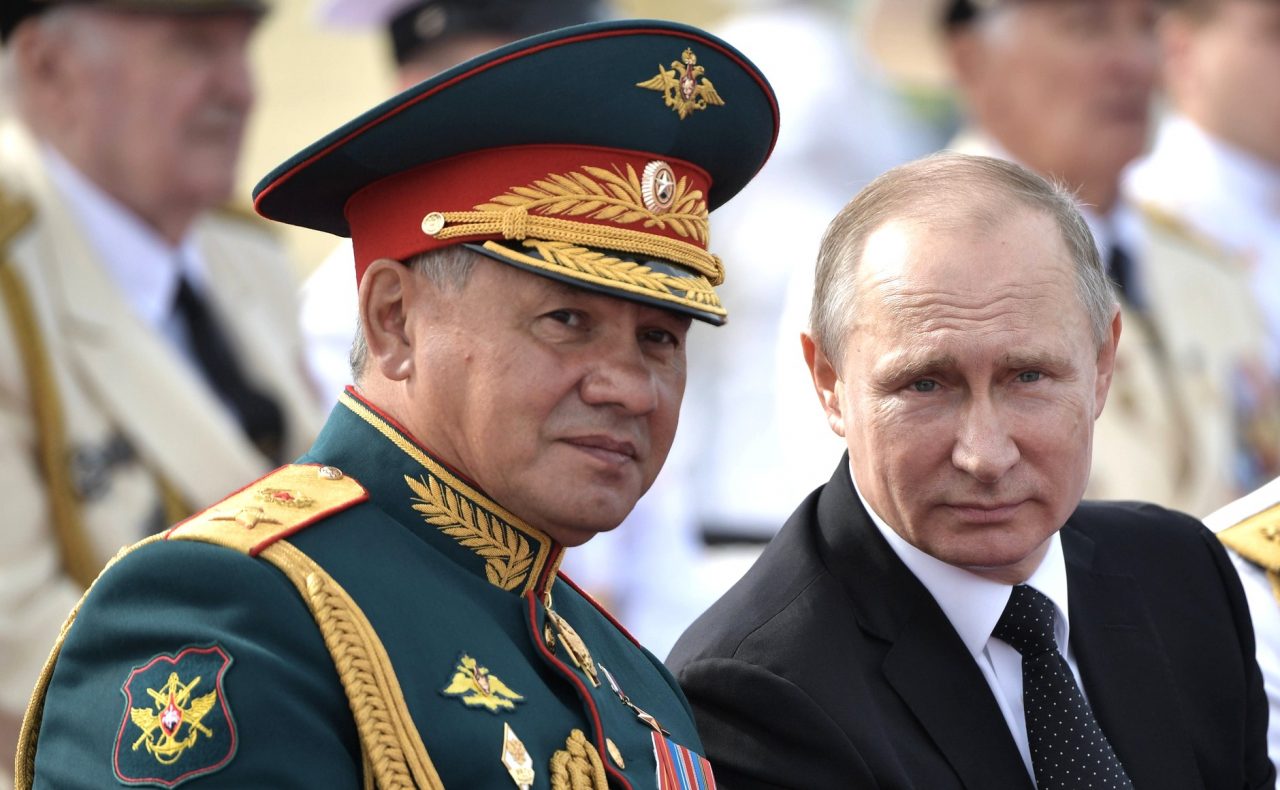In light of Moscow’s offensive on the twin Eastern cities of Severodonetsk and Lysychansk, Ukrainian President Volodymyr Zelensky has claimed that Russia aims to “destroy” Donbas.
Graveyard Of Air Force! Ukraine’s 2nd ‘Mad Attack’ To Retake Snake Island Ends In Disaster For UAF — Russia
However, the Russian people may not be safe from its missiles while it continues to pound critical Ukrainian assets. According to a Mirror report, a Russian strike went wrong when the Russian Iskander missile entirely disintegrated and exploded shortly after being launched.
In a video that appeared online, the rocket “flashes” as its engine seems to misfire, creating the impression of a fireworks display.
According to one account, the rocket disintegrated without the warhead exploding when the solid-propellant detonated. The missile was reportedly launched from the Belgorod region toward Ukraine.
Self-destruction of Russian Iskander missile: https://t.co/WrKYAlyQPR
— Churchill 🇺🇦🇺🇸🇬🇧 (@NaziDemolisher) June 22, 2022
A Ukrainian channel went as far as mocking “the real level of technological backwardness of the Russian military-industrial complex” in the missile failure. It advised Russian frontline city residents to be wary of their own “defenders,” taking a jibe at the invading troops.
Another report from local media stated, “It is possible that the emergency self-destruct system was activated due to engine failure. “In any event, this demonstrates that the Russian army is not doing as well with Iskanders as Russian propaganda says.”

Previously, EurAsian Times had reported that the invading troops were using Soviet-era rockets with high payload capacity instead of high-precision modern missiles in a shift in strategy.
There have been speculations that Russia has been trying to save its expensive precision-guided modern missiles after exhausting huge stockpiles.
At a press briefing, Yuriy Ignat, spokesperson for the Air Force of Ukraine’s Armed Forces, said, “lately, we have observed a trend of Russia’s skimping on the use of expensive high-precision missiles. Instead, the foe uses old Soviet Kh-59 and Kh-22 missiles more and more often.
The disintegration of nuclear-capable Iskander does not bid well for the invading force. Russia has projected the missile as a symbol of its military power besides the Kalibr cruise missile that it has been firing from the black sea.
On June 19, the Russian Defense Ministry announced that Russia’s Iskander missiles had struck a Kharkiv tank repair plant in Ukraine.
Iskander is a mobile, short-range ballistic missile. Two short-range ballistic missiles are part of the Iskander road-mobile missile system, which significantly boosts the firepower of missile forces.
It is possible to target each missile independently. Due to the ability to change target coordination while the missile is in flight, these missiles can hit moving targets.
The Iskander is equipped with various conventional warheads, including the cluster, fuel-air explosive, bunker-busting, and electromagnetic pulse warheads. It can also carry nuclear warheads. The Iskander variant used by the Russian army is over 400 kilometers.
Is Donbas’s Battle Nearing Climax?
The conflict over the eastern cities of Severodonetsk and Lysychansk has reportedly reached a “fearful climax,” according to a key adviser to the President of Ukraine, BBC reported.
Russian forces could soon encircle the twin cities and cut them off from Ukrainian territory, according to Oleksiy Arestovych, who said that “the threat of a Russian tactical victory is there, but they haven’t done it yet.”
The President himself sounded an alarm saying, “There were massive air and artillery strikes in Donbas. The occupier’s goal here is unchanged; they want to destroy the entire Donbas step-by-step.”
On its part, Russia had previously announced that after seizing control of a neighborhood on the outskirts of the city, its offensive against Sievierodonetsk in eastern Ukraine was making headway.
Severodonetsk and Lysychansk, the final Ukrainian outposts in the Luhansk region, have recently received increased attention from Russia. Even though the Russian advance had slowed due to Ukraine’s counter-attack, the two outposts have reportedly been shelled daily.
Not good at all — Russians have made some dangerous territorial gains south of Lysychansk, getting further to closing the Zolote pocket and also threatening the Severodonetsk grouping’s rear.
The fight continues. pic.twitter.com/hU9JgvIUvH— Illia Ponomarenko 🇺🇦 (@IAPonomarenko) June 21, 2022
Serhiy Haidai, the regional governor, stated on June 23 that troops in the town of Zolote, which has been on the front lines of warfare since 2014, may be forced to retreat because of two important settlements to the south of the cities had been taken.
Russia has also been simultaneously shelling the Kharkiv region, which the attack had spared for a while. Kyiv has characterized the strikes as a Russian plot to force Ukraine to pull the resources from Donbas to defend Kharkiv.
It is pertinent to mention that Kharkiv was one of the first regions that came under Russian attack. However, in the last several weeks, Russia has changed its strategy to focus solely on the Donbas region.
As the fighting continues unabated with no end, the future could see many new fronts opening up in this war of survival.
- Contact the author at sakshi.tiwari9555@gmail.com
- Follow EurAsian Times on Google News